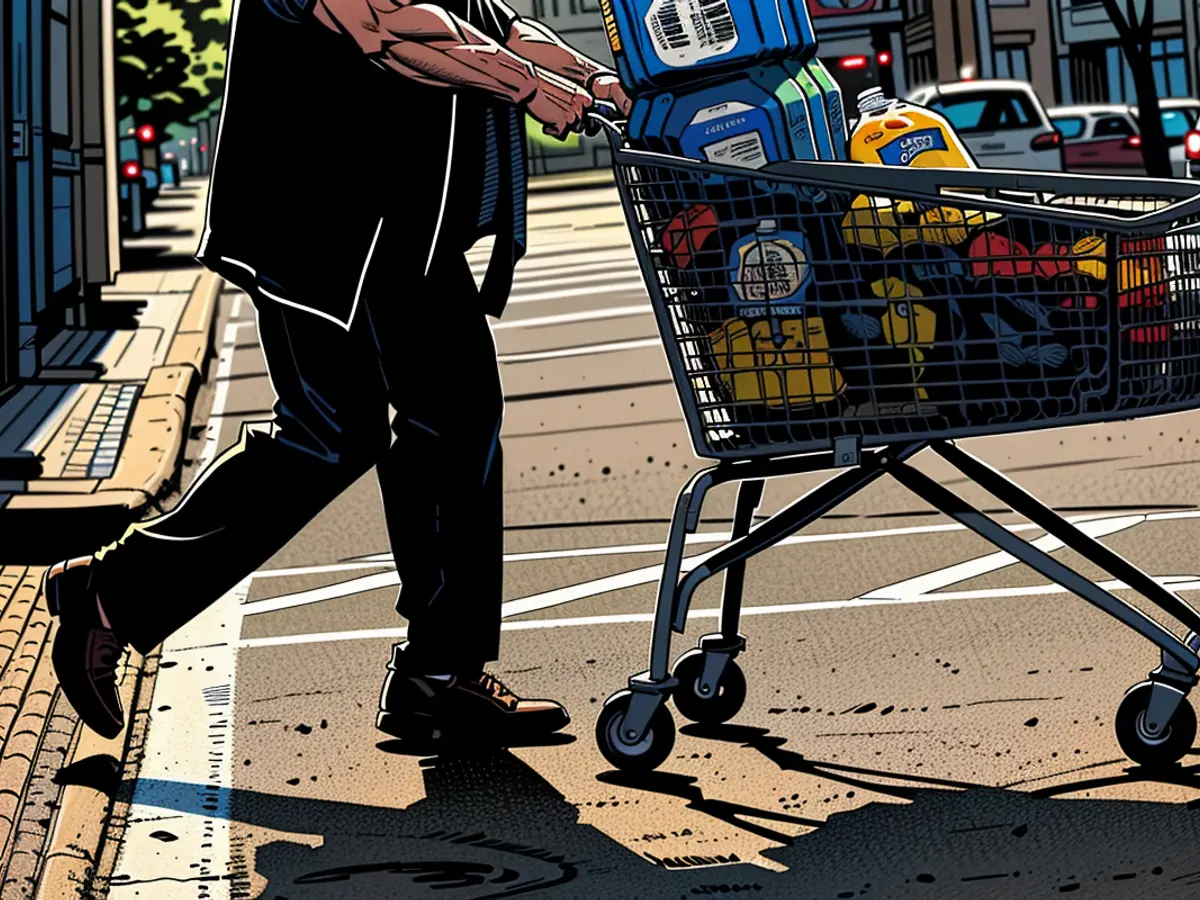Grocery price surges: Potential pitfalls and potential issues.
When everybody craves tulips simultaneously, tulip sellers boost their prices. Once consumers shift their attention to a different trendy blossom and you're left with an excessive stock of tulips, prices decrease. Attending a Taylor Swift show or reserving a flight during Thanksgiving week usually entails paying more than off-peak rates.
Nowadays, corporations utilize a massive volume of data to enhance their pricing flexibility in areas where consumers might not anticipate it. And understandably, this practice is causing frustration.
Recently, United States legislators expressed concerns over dynamic pricing in supermarkets utilizing digital shelf labels that grant retailers to modify prices instantly. Although this can save workers time, it also permits stores to "fine-tune price increases to maximize profits" during periods when grocery prices are placing a financial strain on households.
In a letter to Kroger, the largest US grocery chain by revenue, Democratic Senators Elizabeth Warren and Bob Casey highlighted that widespread implementation of digital pricing labels "appears poised to enable large grocery stores to squeeze consumers to increase profits."
This isn't just simple exploitation, according to the senators. Kroger is collaborating with Microsoft on a project to install cameras on digital displays, which will employ facial recognition technology to "exploit sensitive customer data" for crafting personalized offers. (Spooky!)
A Kroger representative refuted such allegations, stating that the store's business principles "are to lower prices over time so that more customers shop with us, which leads to more revenue that we then invest in lower prices, higher wages, and an even better shopping experience ... Any test of electronic shelf tags is to lower prices more for customers where it matters most. To suggest otherwise is not accurate."
So, are dynamic pricing a more palatable way of saying price-gouging, or are businesses genuinely aiming to offer customers a better deal?
Indeed. And also, yes.
Believe us, we're corporate titans
Of course, business is about generating revenue, and corporations will embrace any technology to achieve this goal. However, extracting a temporary profit through intrusive AI that tracks individual buying histories — such as the method Starbucks employed with a colleague of mine, Elizabet Buchwald — is not beneficial if it angers the customer base.
Returning to 1999, the CEO of Coca-Cola merely proposed a dynamic pricing model, and it sparked a controversy almost as foolish as New Coke.
The idea was that perhaps we would install thermometers on vending machines to automatically increase the price for a Coke on a hot day. The outrage was instant. People accused Coca-Cola of price-gouging, and Pepsi accused its competitor of exploiting consumers, according to the New York Times.
Coca-Cola quickly backtracked, asserting that the company was actually discussing how thermometer technology could lower the cost of a drink.
This spring, when Wendy's revealed plans to use AI-powered digital menus with adjustable pricing based on the time of day, fans immediately accused it of price-gouging. "No, no," Wendy's replied — we weren't aiming to raise prices during peak times, we were actually looking to reduce prices during off-peak hours.
And therein lies the issue. Companies will swear blind that their "dynamic" pricing will only go downwards.
However, historically, we are aware of how large corporations have fleeced us to boost their profits whenever they had the opportunity. We've paid for airline tickets and luggage charges, and watched our preferred musician's ticket price rise from $50 to $85 due to unspecified "service" and "handling" fees. Countless women and girls have been charged the "pink tax" on skincare and haircare products, and retailers frequently tout sales that serve their bottom line more than the consumer's.
That's why Marco Bertini, a marketing professor at Esade Business School in Barcelona, argues that the problem is not with the tools utilized for dynamic pricing but the monopolistic influence of potential misusers. (The United States Justice Department's looking at you, Ticketmaster...)
There are beneficial uses for dynamic pricing that benefit both buyers and sellers, Bertini contends. For instance, a store can establish instant, automated discounts on dairy products such as milk or yogurt to decrease prices as they approach their expiration dates, helping prevent food waste and protect the environment.
Ultimately, the issue revolves around the intentions of the corporations.
"Any government should be concerned with the market power of companies and why they have it, not so much what they do with that market power."
Price abstraction
On a more profound level, these flexible pricing models serve as a potent tool to grant more control to companies. As Bloomberg columnist Amanda Mull recently mentioned, they provide a "convenient tool for abstraction."
"The history of modern consumerism is built on the concept of a public price ... If no two buyers see the same price at the same time, the consensus reality that underlies the system — or, at least, the supposed theoretical power that individuals can hold within it — becomes totally irrelevant."
In other words, the more retailers conceal the base price of everyday items, the less power we possess to utilize our purchasing choices.
Businesses are leveraging data analysis to adjust prices in unexpected areas, leading to consumer frustration. For instance, concerns have been raised about dynamic pricing in supermarkets, where digital shelf labels allow retailers to alter prices instantly, potentially leading to hidden profit maximization during financially challenging times for households.
In light of the discussion on dynamic pricing, some argue that businesses should focus on offering better deals to customers instead of relying on intrusive AI technologies to track individual buying histories, which could potentially anger the customer base.








